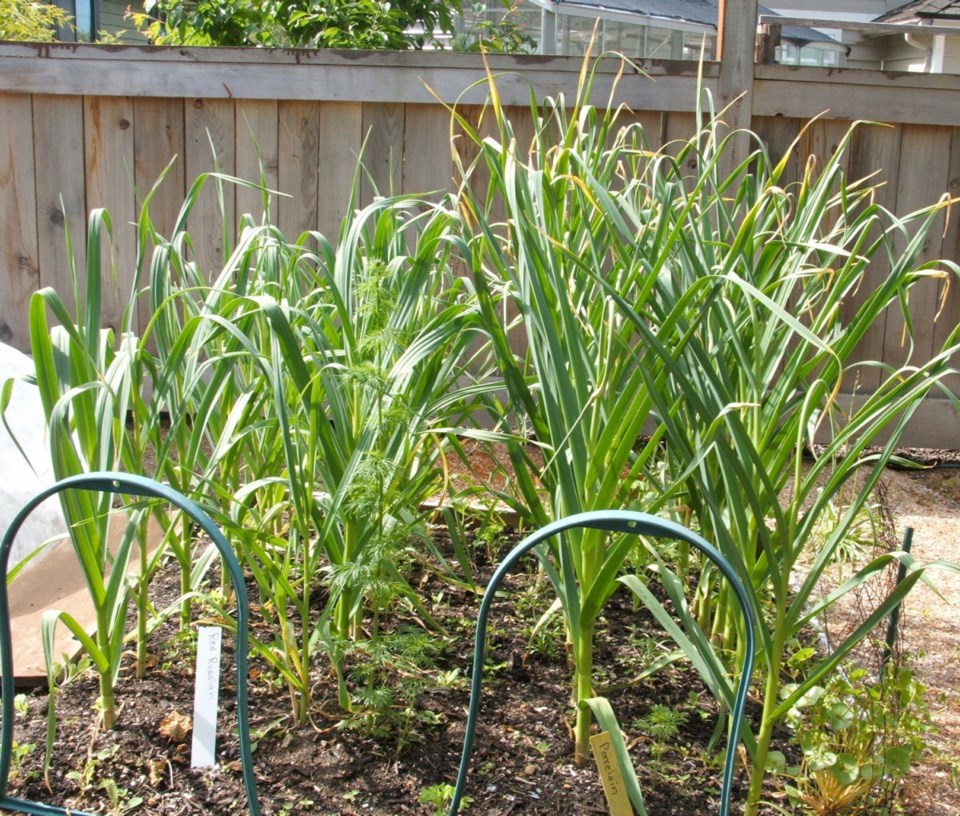Early in the summer, I began looking for a small steamer pot to use in place of my big steamer/pasta cooker when I wanted to steam-cook just a few vegetables for dinner.
Unable to find a compact version of my steamer, I decided to experiment with a collapsible silicone steamer basket, which fitted neatly into my wok.
What a nifty gadget. Put a little water in the wok, pop in the opened basket, and add vegetables according to the time they take to cook — quick-cooking ones last. The basket has little legs that hold it above the water.
Once they’re all crunchy-tender, lift the basket out of the wok by its handy centre handle and tip the vegetables onto a dinner plate or serving dish.
The first time I used the basket, I found myself peering at the small amount of water left in the work as I pondered possibilities for its use.
I could save it for soup stock, but even more interesting would be to use the water as a base for a sauce to pour over or mix with the vegetables. A cream sauce perhaps, slightly thickened and flavoured with nutmeg, or a light cheese sauce.
For my first venture into sauces, I simply added a few dollops of herbed cream cheese to the water and stirred to make the mixture smooth before tipping the vegetables back into the wok.
That medley of vegetables reflected the garden’s late-summer abundance: onion, garlic cloves, carrot, zucchini, broccoli, beans, kale and pink-fleshed Ama Rosa potato.
Garlic time. Next weekend is looking like an auspicious time for planting garlic. It lands in the third week of September, a timing that has yielded splendid results for me and many others in recent years. And the weekend marks the official beginning of autumn.
Seed garlic is available in garden centres now. Two varieties I’ve found to be outstanding producers of fat, juicy bulbs are Porcelain (also called Music) and Red Russian, but it’s always interesting to experiment with unfamiliar varieties.
Garlic grows well in our climate, given a sunny site with a fertile, well-drained, humus-rich soil. Choose a planting area that has not grown garlic in recent years. Define the bed, clean the surface, dig the soil over to loosen it and remove buried debris and large rocks. Mix in home-made or purchased compost, along with a balanced natural-source fertilizer.
At planting time, separate the bulbs you have acquired into individual cloves. I usually plant only the larger cloves from around the outside of the bulbs and keep any skinny ones at the bulb centres for kitchen use.
If you are planting more than one variety, keep them separate and make labels to clearly indicate the location of each one. That’s how to determine, from year to year, which varieties produce the best bulbs in your garden’s conditions.
Plant the cloves 7.5 to 10 cm apart, with the pointed end up and about five cm below the soil surface. Cover them and tamp the soil down over each planted row, using the flat of a hoe.
Garlic-planting time most often coincides with the start of the fall rains, and watering is not usually necessary.
However, these days we’re learning to adapt to unexpected weather patterns. As the planted cloves are developing roots, the soil must be kept at least modestly moist.
There’s not much else to do, except keep the planting weeded and water as needed in dry spring weather. As the tops start growing strongly in the warmth of spring, I usually apply a mulch of fish or some other nourishing compost to give them a boost.
Though in my experience the third week in September is an ideal garlic planting time, the optimum period for planting the cloves extends to mid-October.



